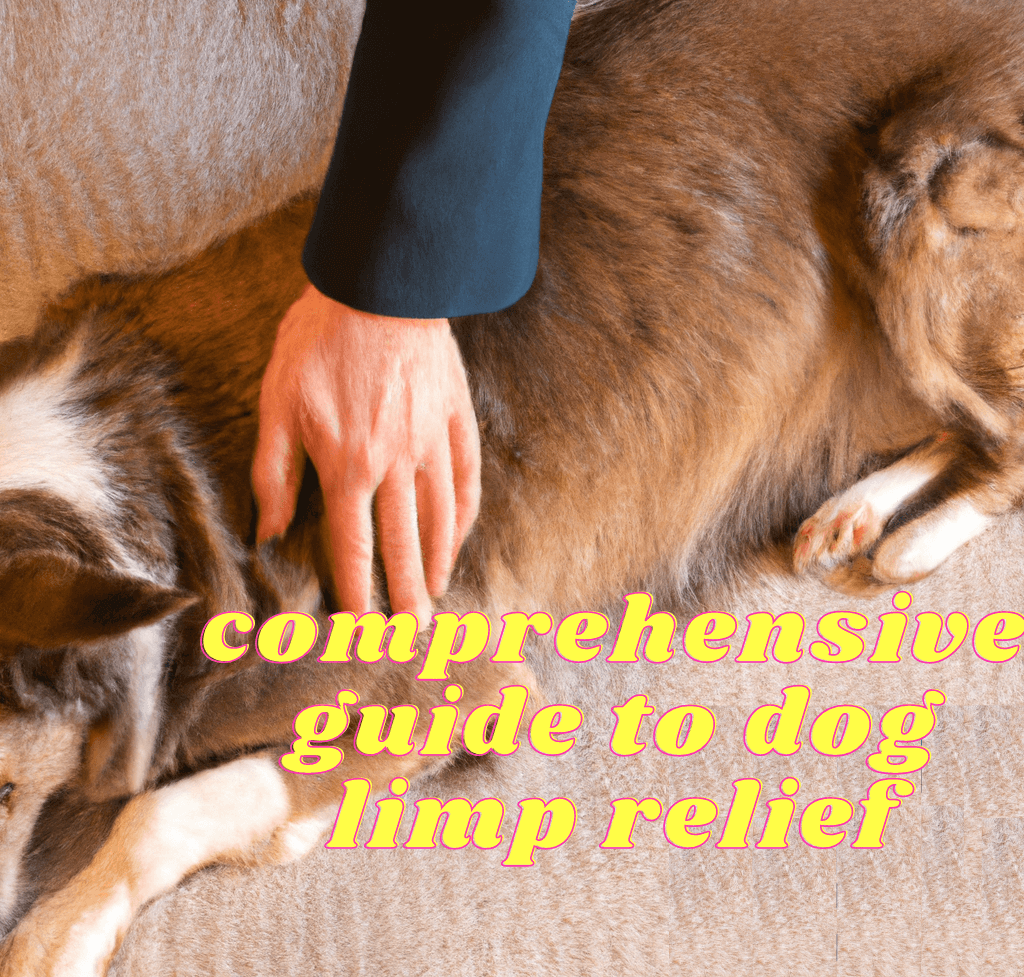Physical Address
304 North Cardinal St.
Dorchester Center, MA 02124
Physical Address
304 North Cardinal St.
Dorchester Center, MA 02124

Limping in dogs can be concerning for pet owners, especially when it’s unclear what’s causing the issue. Learning how to treat a limping dog at home can relieve your furry friend while you determine the cause and whether a visit to the veterinarian is necessary. In this comprehensive guide, we will explore the reasons behind limping, when to consult a veterinarian, and various home remedies and tips to help your dog recover.
Learn to soothe your limping dog with home remedies and tips for relief. Identify common causes, consult a vet when necessary, and apply preventive measures for long-term health. Key solutions include rest, cold/warm compresses, massages, natural supplements, and weight management. Keep your furry friend comfortable and pain-free.
To effectively treat your limping dog at home, it’s crucial to identify the cause. Limping can result from several factors, including sprains, strains, fractures, dislocations, infections, arthritis, or even overgrown nails. Sometimes, your dog may have stepped on something sharp, causing a cut or puncture on the paw pad. Keep in mind that not all causes of limping require immediate medical attention, but it’s essential to monitor your dog’s condition closely.
While some limping cases are mild and can be treated at home, others may indicate a more severe issue. Watch for signs such as severe pain, swelling, deformity, inability to bear weight on the affected limb, or excessive bleeding. These symptoms could point to a more severe injury that requires immediate veterinary care.
If your dog displays any of the following symptoms, it’s essential to consult a veterinarian as soon as possible:
Before heading to the vet, make a note of your dog’s symptoms, when the limping started, and any recent activities or injuries that might have contributed to the problem. This information will help your veterinarian diagnose the issue and recommend the appropriate treatment.
One of the most important steps in treating a limping dog at home is providing ample rest. Encourage your dog to relax and avoid jumping, running, or playing until the limping improves. Confining your dog to a small area or using a crate can help prevent further injury.
Applying a cold compress to the affected area can reduce inflammation and provide relief for the first 24-48 hours. After this period, switch to a warm compress to improve blood flow and promote healing.
Gentle massage and stretching can help alleviate stiffness and discomfort. Be cautious not to cause additional pain, and stop immediately if your dog shows any signs of distress.
Consider adding natural supplements, such as glucosamine and chondroitin, to your dog’s diet. These supplements can promote joint health and reduce inflammation, improving overall mobility.
Maintaining a healthy weight is crucial for overall joint health. Extra weight can strain your dog’s joints unnecessarily, exacerbating the limping issue. Consult your veterinarian for advice on a proper diet and exercise regimen.
Regular, moderate exercise is essential for maintaining your dog’s overall health and preventing future limping episodes. Make sure to engage in appropriate activities for your dog’s age, breed, and fitness level, such as walks, playtime, and gentle games.
Keeping your dog’s nails trimmed and well-groomed can prevent discomfort and limp related to overgrown nails. Regularly check your dog’s paw pads for cuts, debris, or foreign objects that could cause pain or infection.
Stay vigilant and watch for any signs of discomfort in your dog, such as limping, licking, or favoring a particular limb. Early detection and intervention can prevent further injury and help ensure your dog’s long-term health.
Learning how to treat a limping dog at home is an essential skill for every pet owner. By understanding the potential causes of limping, knowing when to consult a veterinarian, and employing home remedies and preventive measures, you can help keep your furry friend happy, healthy, and pain-free.
A: If your dog is experiencing mild limping without severe pain or distress, it’s generally safe to wait and monitor the situation for 24-48 hours. However, if your dog shows signs of severe pain, cannot bear weight on the affected limb, or has visible injuries, consult a veterinarian immediately.
A: No, you should never give your dog human pain relievers like ibuprofen, naproxen, or acetaminophen, as these medications can be toxic to dogs. Consult your veterinarian for appropriate pain relief options specifically designed for dogs.
A: While some mild limping or stiffness may occur after intense physical activity, persistent or severe limping is not normal and could indicate an underlying issue. If your dog’s limping does not resolve within a day or two, consult your veterinarian for further evaluation.